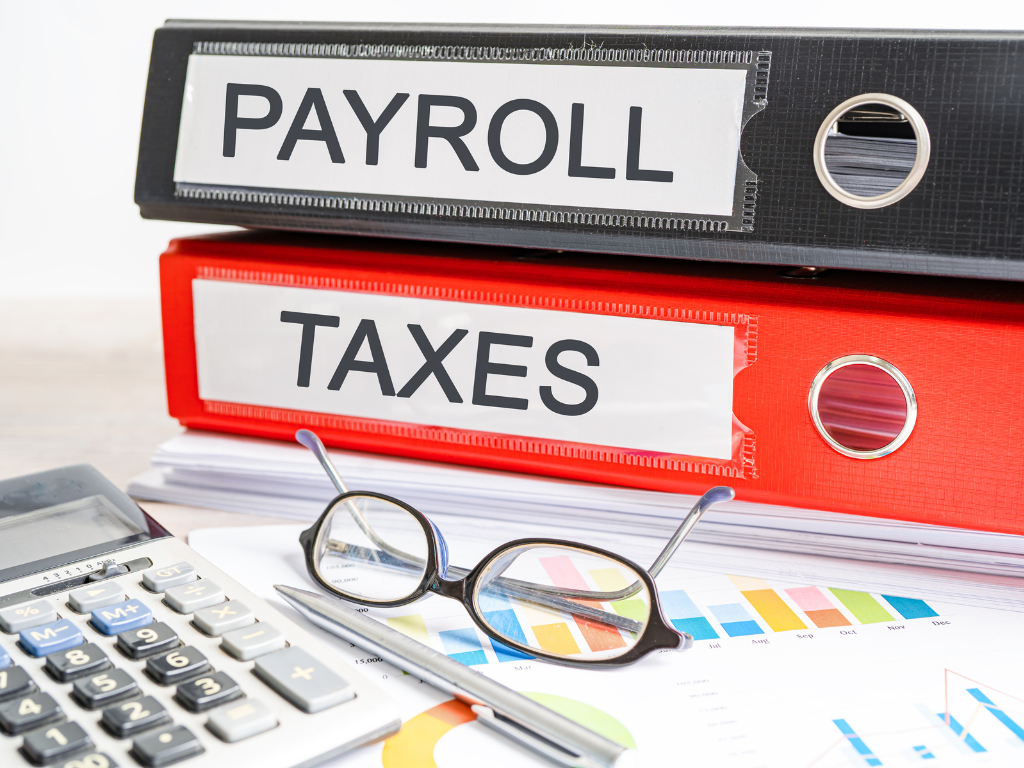On January 13, 2025, OSHA rolled out new rules that require personal protective equipment (PPE) in the construction industry to safely fit the workers wearing it. This change brings construction in line with standards that have already been in place for general industry and shipyard work. The idea is simple—safety gear should fit properly so it can be effective.
For years, many companies have relied on one-size-fits-all PPE, which doesn’t really fit everyone. Ill-fitting gear can create serious safety risks, including increased hazard exposure and restricted mobility. When PPE is uncomfortable, workers are also less likely to wear it correctly, leading to lower compliance. Under the updated regulation (29 CFR 1926.95(c)), employers need to provide PPE that not only protects workers but also fits them properly.
How to Handle the Financial Side of Compliance
Making these adjustments isn’t just about safety—it’s also about budgeting wisely. While there’s no way around the fact that there will be costs involved, a little planning can go a long way in keeping expenses under control while staying compliant.
Smart Budgeting for PPE Compliance
- Set Up a PPE Budget: If PPE spending isn’t already a line item in your budget, now’s the time to change that. Allocating specific funds for properly fitted gear helps prevent scrambling for money at the last minute when new equipment is needed.
- Keep Track of PPE Spending: Setting up a separate expense category in your financial records for PPE helps you monitor costs and adjust as needed. It also gives you a clear picture of spending trends so you can make informed decisions down the road.
- Negotiate with Suppliers: Obtaining multiple quotes and engaging in price comparisons often leads to substantial cost savings. Many vendors offer bulk discounts or better pricing for long-term contracts, so taking the time to negotiate can pay off in the long run.
Tax Deductions That Help Offset PPE Costs
OSHA compliance costs can add up, but smart tax planning can help reduce the financial burden.
- Deduct PPE as a Business Expense: PPE purchases qualify as ordinary business expenses, making them tax-deductible. Keep detailed records—receipts, invoices, and supplier agreements—to maximize your deduction at tax time.
- Use Section 179 for Immediate Write-Offs: If PPE purchases meet certain thresholds, they may qualify for a Section 179 deduction, allowing businesses to write off the full cost in the year of purchase. This helps free up cash rather than spreading deductions over multiple years.
- Explore Tax Credits and Safety Grants: Some states and federal programs offer tax credits or grants for workplace safety improvements.
Planning Ahead for Long-Term Compliance
Beyond the initial investment, construction companies need to think about how to keep up with these regulations long-term. A proactive approach helps ensure ongoing compliance while keeping costs manageable.
- Look at the Big Picture: Properly fitting PPE isn’t just a compliance issue—it can reduce workplace injuries, lower workers’ comp claims, and prevent costly OSHA fines. Doing a cost-benefit analysis can help show how investing in better gear now can save money in the long run.
- Set Up a PPE Replacement Schedule: Safety gear wears out over time. Having a clear plan for replacing PPE at regular intervals keeps workers protected and helps avoid unexpected expenses.
- Train Employees on Proper PPE Care: Extending the life of PPE starts with proper use and maintenance. Teaching employees how to take care of their gear can reduce unnecessary replacements, saving money while keeping everyone safe.
Why This Matters
While managing compliance costs is essential, the ultimate priority is ensuring worker safety. When PPE fits correctly, the risk of preventable injuries decreases, liability claims are minimized, and even insurance expenses can be reduced.
By staying ahead of these changes and taking a thoughtful approach to budgeting and planning, construction companies can stay compliant without breaking overspending. A little foresight now will go a long way in keeping workers safe and business operations running smoothly.
Treasury Circular 230 Disclosure
Unless expressly stated otherwise, any federal tax advice contained in this communication is not intended or written to be used, and cannot be used or relied upon, for the purpose of avoiding penalties under the Internal Revenue Code, or for promoting, marketing, or recommending any transaction or matter addressed herein.
 Home
Home Sign In
Sign In Make a Payment
Make a Payment Search
Search











